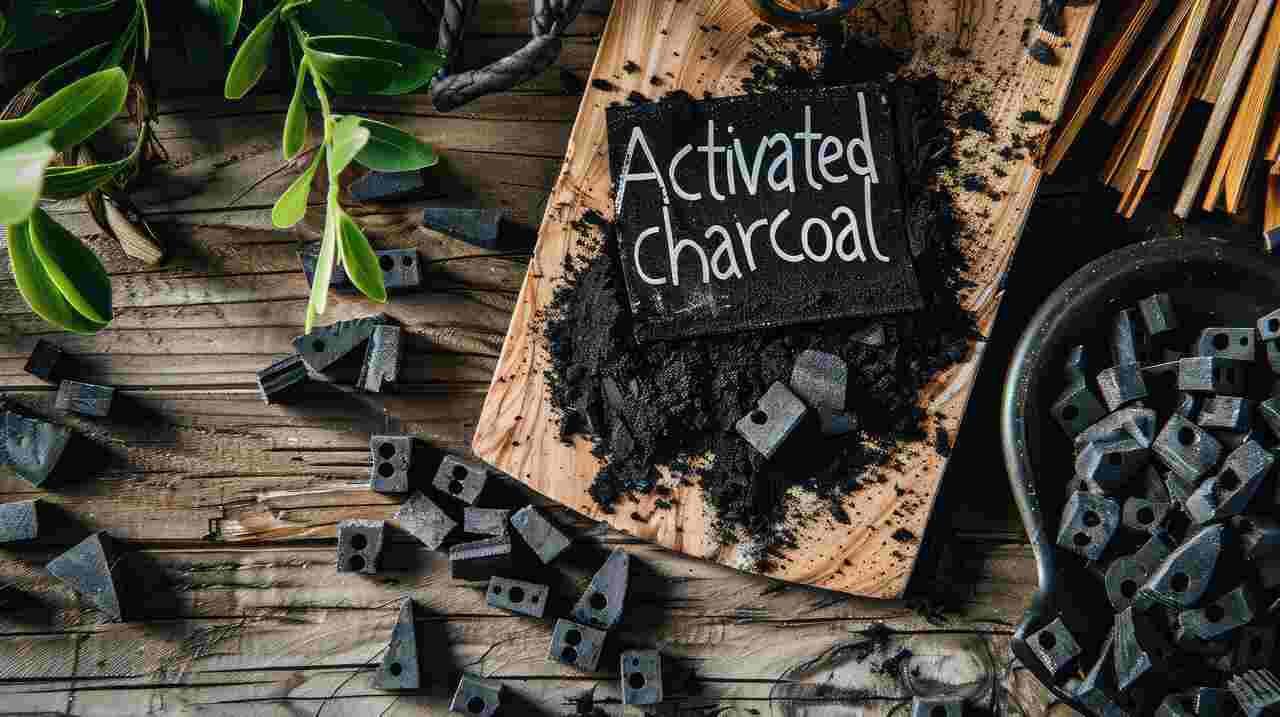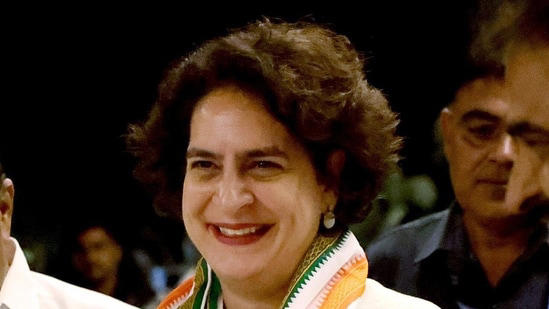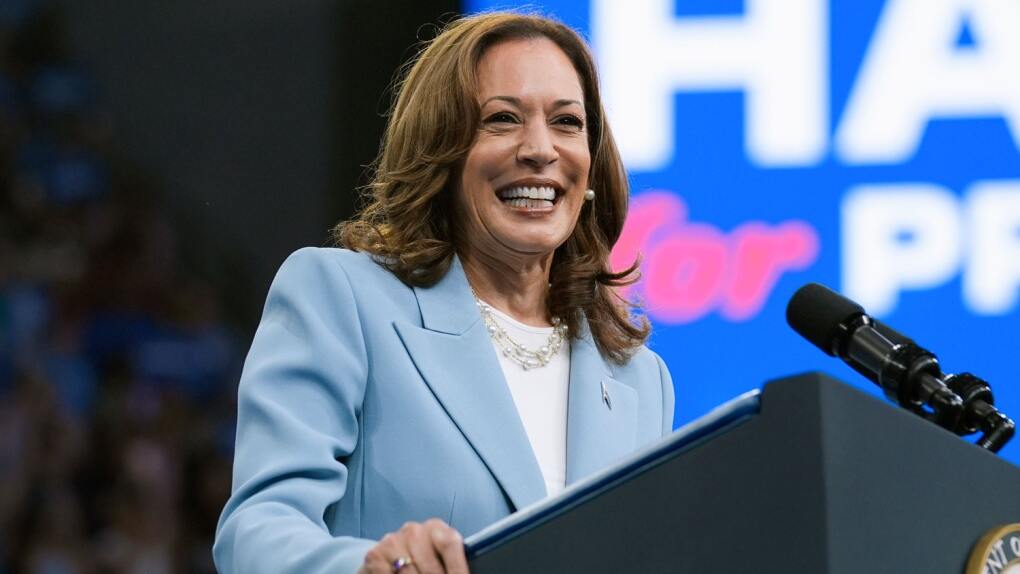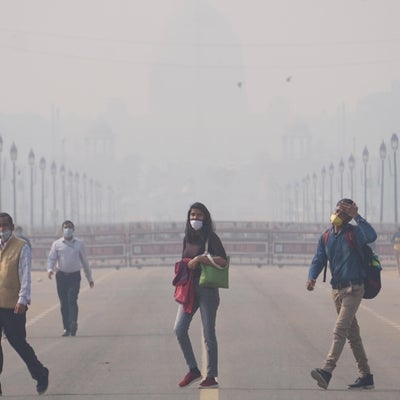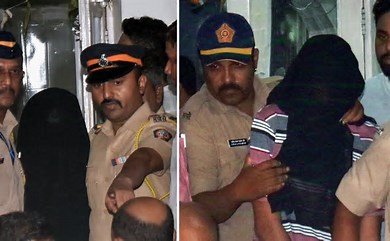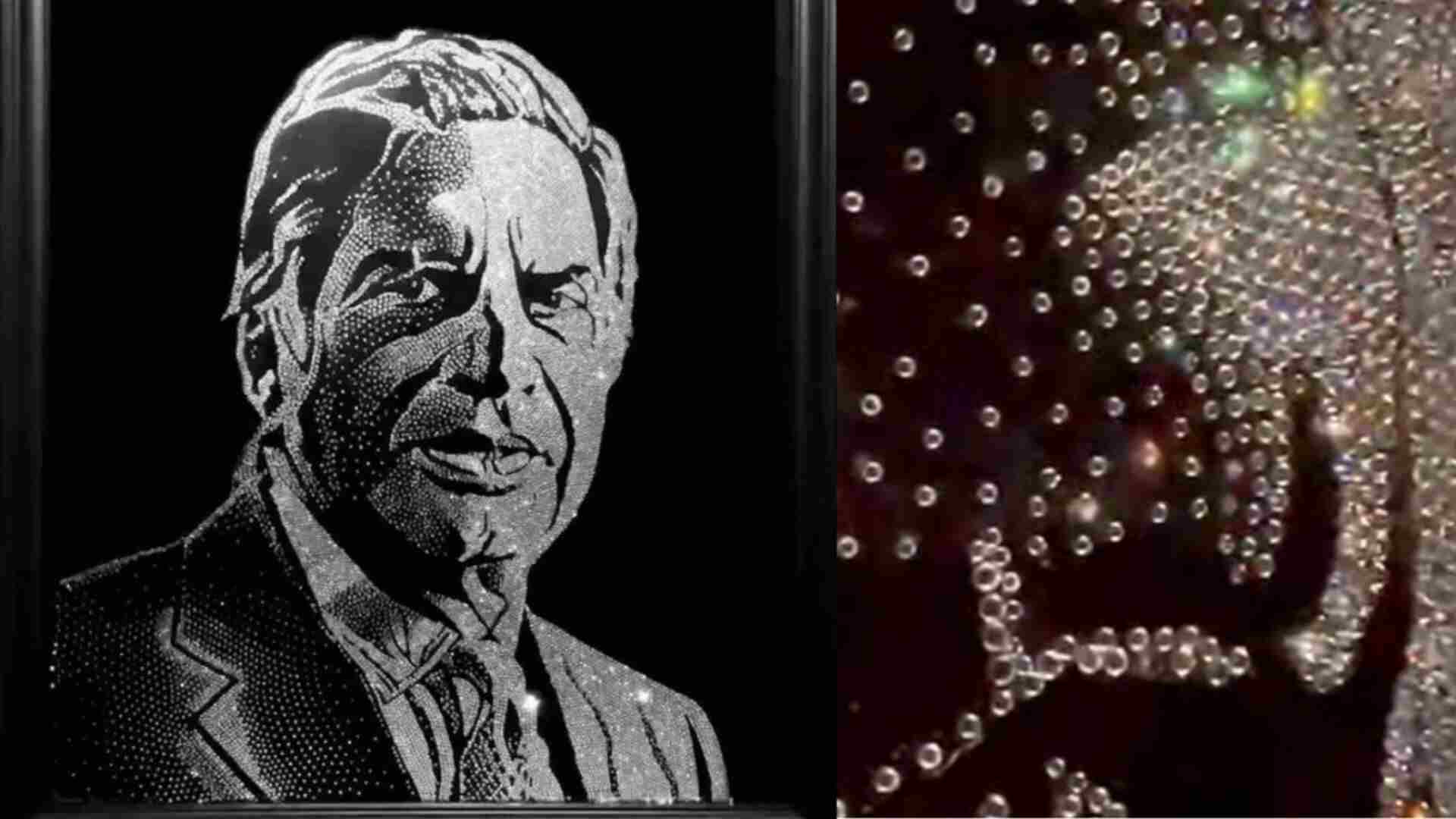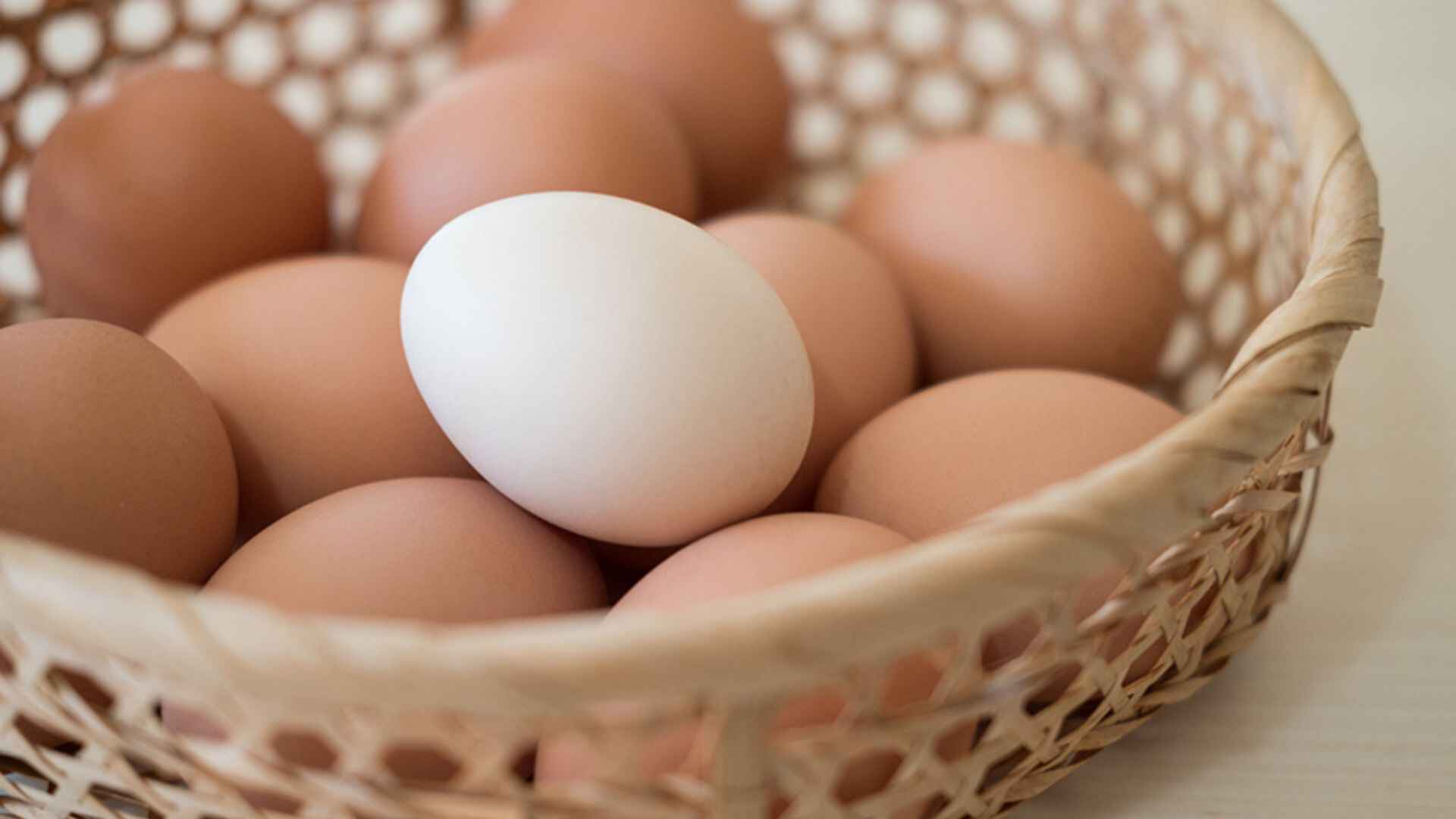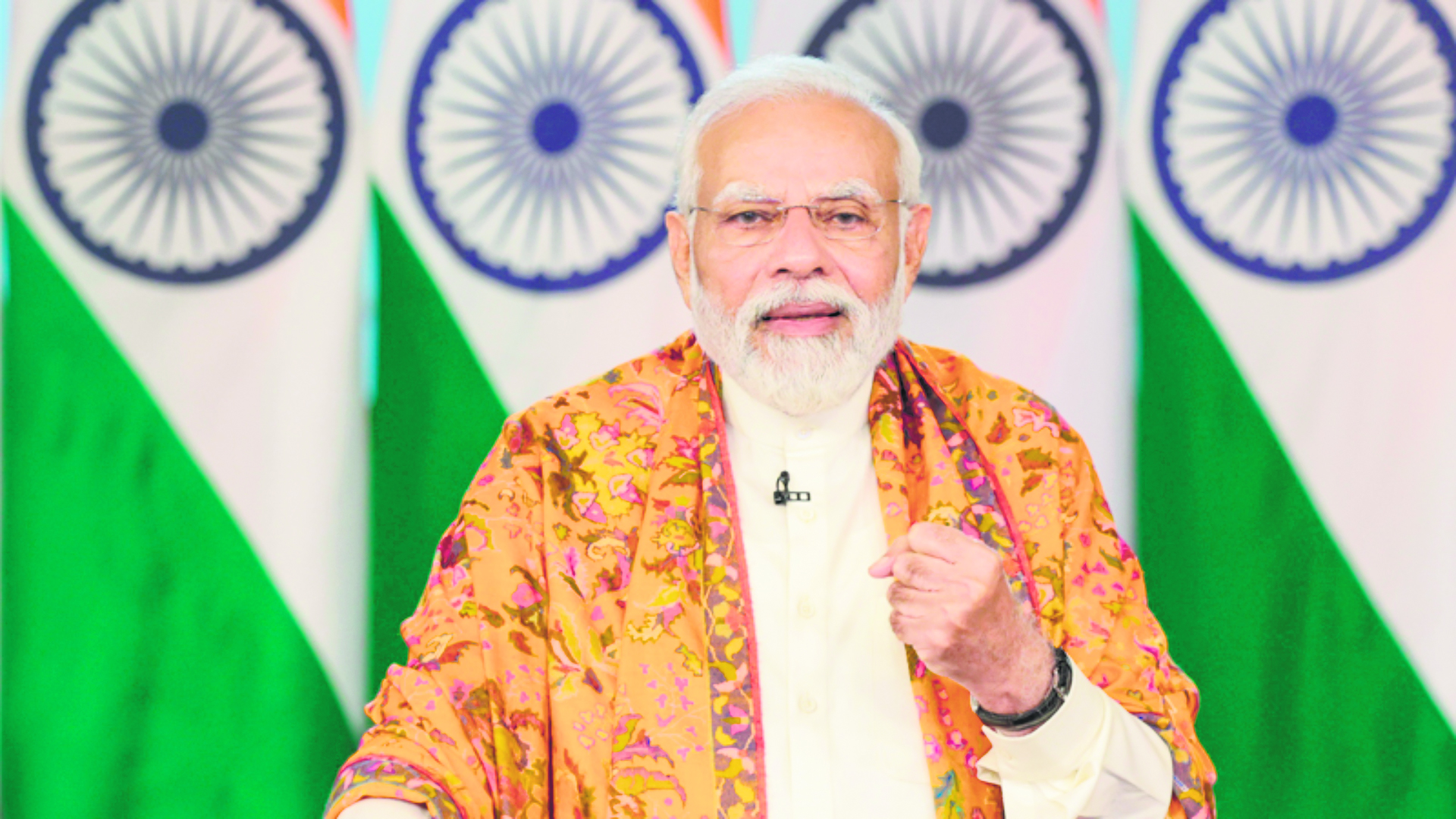
India is poised to become an economic power and holistic leader on the global stage
For any country’s economy to evolve into a fully developed one, it requires three fundamental attributes: robust and trustworthy leadership, sound economic policies, and a steadfast government. Under the guidance of Shri Narendra Modi, India has experienced a decade-long tenure of stable governance, with the implementation of robust economic policies. His leadership has not only fostered a strong and honest reputation within India but also garnered recognition worldwide. Consequently, India is poised to emerge as a developed nation, with unstoppable momentum.
Since 2014, under the guidance of Prime Minister Shri Narendra Modi, our nation has been advancing comprehensively. India is emerging as a formidable force on the global stage. Through the G-20 forum, India, under Prime Minister Modi’s leadership, has played a pivotal role in passing numerous global resolutions, showcasing its ability to lead on the world stage. Additionally, India has showcased its rich cultural and spiritual heritage by hosting several G-20 meetings in various states across the country. Under Prime Minister Modi’s leadership, India has seized the opportunity to lead the G-20 nations for the first time.
The global anticipation and optimism surrounding India’s Ram-Krishna culture, coupled with the resolution of the 500-year-old Ram temple dispute through the consecration of Ramlala’s life, suggest that India is not just a political entity on the world stage. It is capable of providing not only political leadership but also spiritual guidance. Following this historic event, the path has been cleared for the realization of the concept of true Ram Raj in India, signalling India’s progression towards establishing itself as a global leader.
Through this article, I want to discuss the internal development of India i.e. the development of the people. According to the data available globally, India can become the third-largest economy in the world by 2047. In the year 2047, our country will celebrate the 100th anniversary of independence. Before reaching this goal, every citizen of India must contribute as much as possible in completing this journey of development, only then the basic mantra of Shri Narendra Modi’s politics is ‘Sabka Saath, Sabka Vikas, Sabka Prayas’. Only then ‘Everyone’s Trust’ will be meaningful and India will be able to become a developed nation taking all its citizens along.
While economists use various statistics to measure development, the true indicator lies in the personal and economic well-being of every citizen on the ground. Despite opposition parties’ outcry about unemployment, industrial prosperity remains crucial for its alleviation. The Central Government has made significant strides in enhancing India’s transportation infrastructure, including railways, roads, and the establishment of numerous world-class airports. Additionally, efforts are underway to develop a network of essential amenities. Consequently, the promotion and safeguarding of industries have naturally generated employment opportunities for thousands in the private sector. Moreover, government-led initiatives such as employment camps have directly extended job opportunities to the public.
Narendra Modi’s government has tried to ensure that education is accessible to every section of society with new easy traditions from schools to universities.
The Narendra Modi government has strived to ensure that, following education, the second crucial aspect in the development race is the health of citizens. Malnutrition remains a significant challenge in our nation from a health perspective. It is essential for Indian citizens to incorporate more protein-rich pulses and indigenous grains into their diets, while fruits and vegetables can supply essential vitamins and minerals. Such endeavours are expected to promote healthy living in every Indian household and potentially reduce the country’s substantial expenditure on hospitals and medications. India still experiences fewer diseases compared to developed nations. The Central Government has made commendable efforts in providing grains and pulses to 80 crore people through the ration system. Additionally, health facilities have been bolstered by establishing prominent central hospitals like AIIMS in various states. Through initiatives such as the Pradhan Mantri Jan Aushadhi Yojana, medicines and medical equipment are being made available at affordable rates. Furthermore, research on new medicines is progressing rapidly, while the establishment of two major drug parks in the country is poised to accelerate India’s development trajectory.
The rising population is also a major hindrance in development. The expansion in population size diminishes the per capita share of development resources. The Central Government’s endeavor to enact population control legislation aims to ensure a more sustainable and impactful pace of development.
Gender inequality is also a big issue that inhibits the goal of developed India. ‘Beti Bachao, Beti Padhao’ is not only the slogan of Prime Minister Shri Narendra Modi, but economic progress is also the main factor behind it. Without women’s participation in the economy, India’s development cannot be called all-round development. The Women’s Reservation Act recently passed by the Parliament of India will become a means of not only political participation but also a huge social upliftment for every woman in India.
Narendra Modi government has also provided many facilities in the field of agriculture to every village with the aim of increasing the income of farmers. Now, under the ‘Drone Didi’ scheme, agricultural women are being given incentives as well as facilities like loans to prepare many new products.
In various sectors across India, education incorporating modern technology is gaining traction, particularly with the integration of computers. However, it’s imperative to ensure that the benefits of education do not flow exclusively towards Western countries post-graduation. India’s strides in space exploration, exemplified by Chandrayaan and Aditya, have garnered support from global scientific communities, underscoring India’s emergence as a scientific hub. Prime Minister Narendra Modi’s inclusive approach has facilitated this scientific progress, emphasizing the elevation of India’s skills and expertise. To harness India’s technical prowess domestically, it’s essential to foster a conducive social environment alongside industrial advancement. Culture and spirituality are pivotal in shaping this environment, with concerted efforts underway to reconnect Indians with their rich heritage and foster morally, socially, culturally, and spiritually grounded citizens. With the collective participation of India’s youth, farmers, women, labourers, artisans, and others in leveraging government schemes, India is poised to transition into a developed nation by 2047, emerging not only as an economic powerhouse but also as a holistic leader on the global stage.
Avinash Rai Khanna is a former MP.


